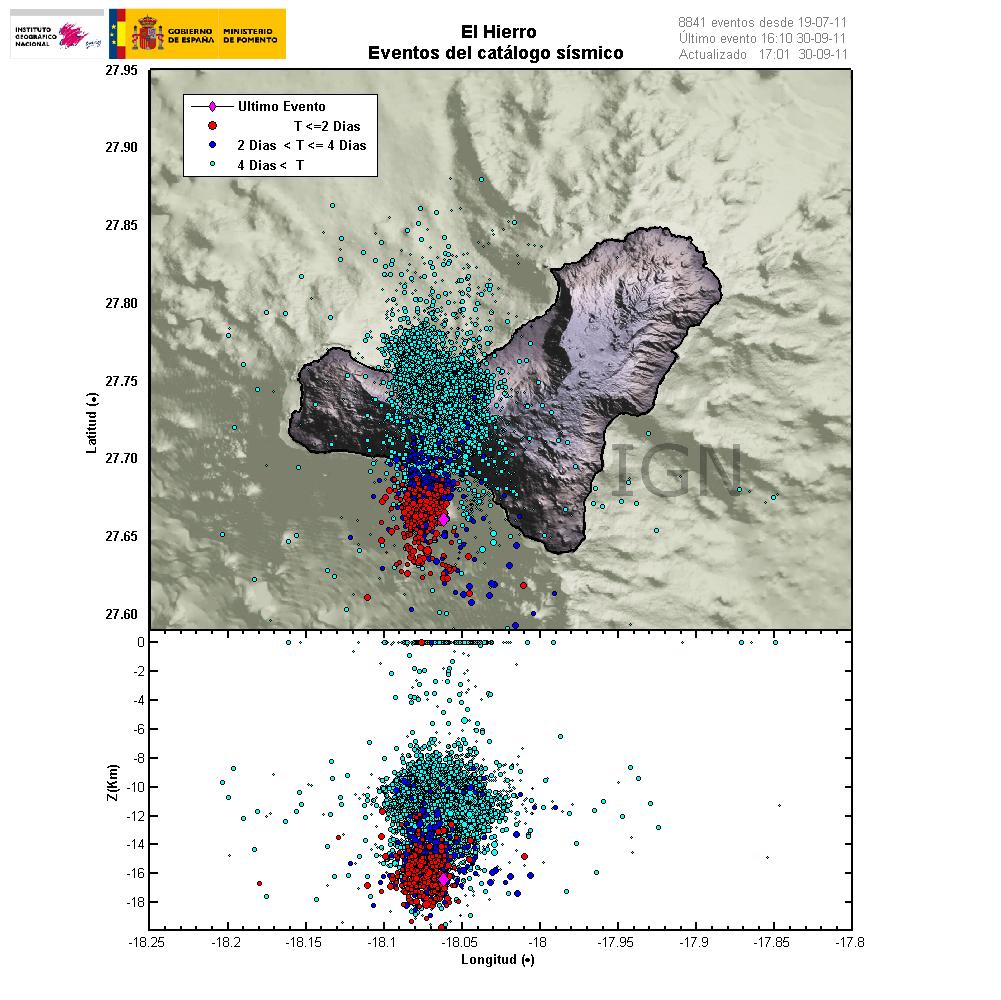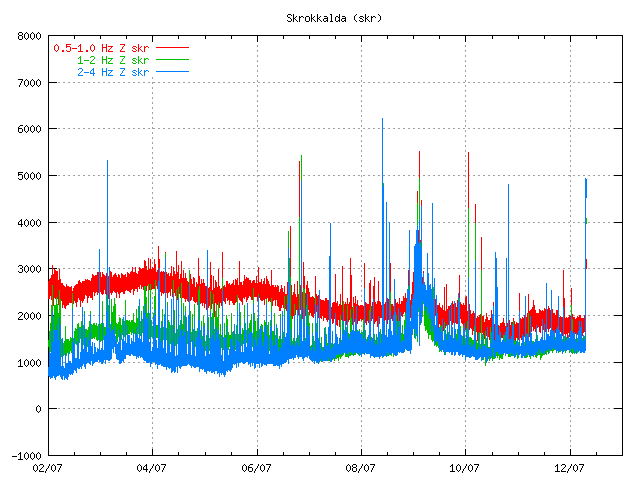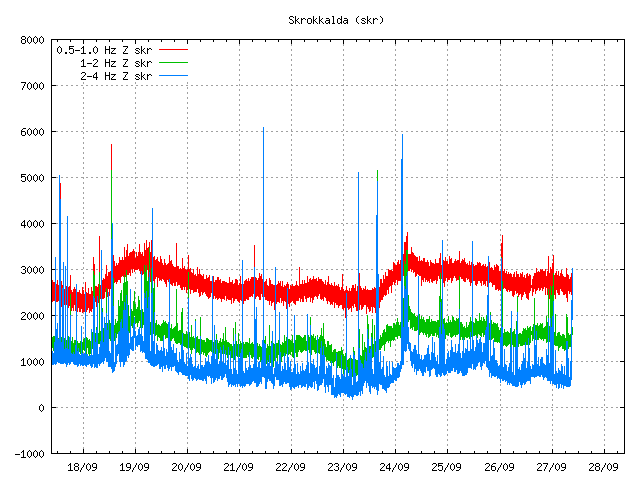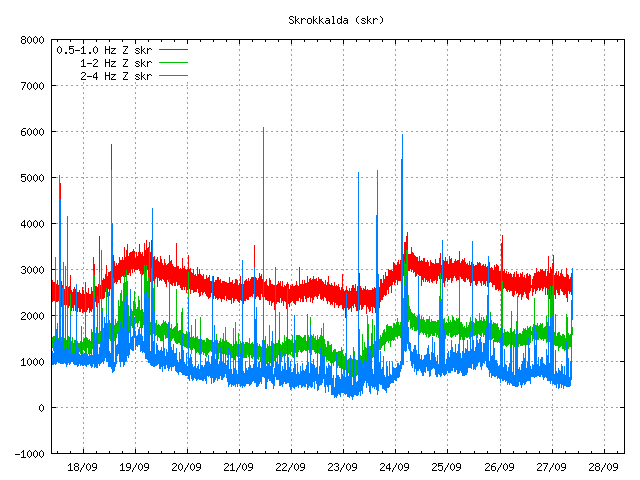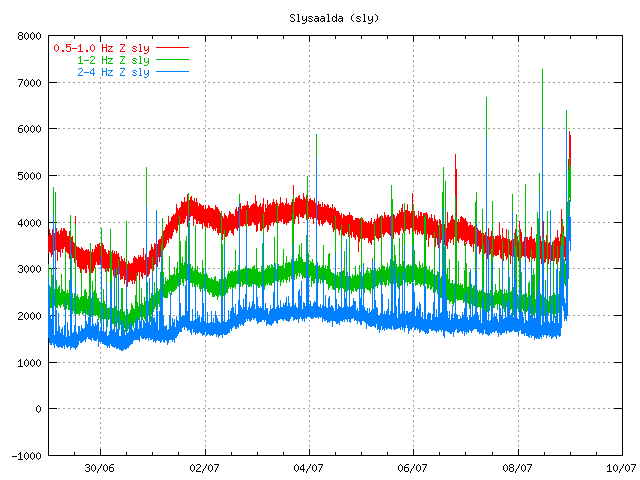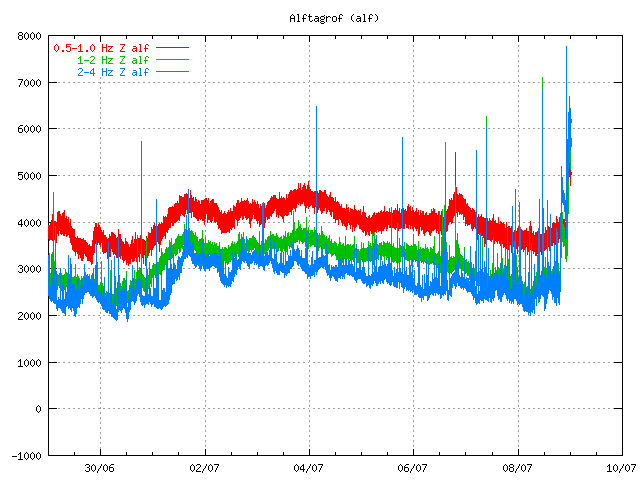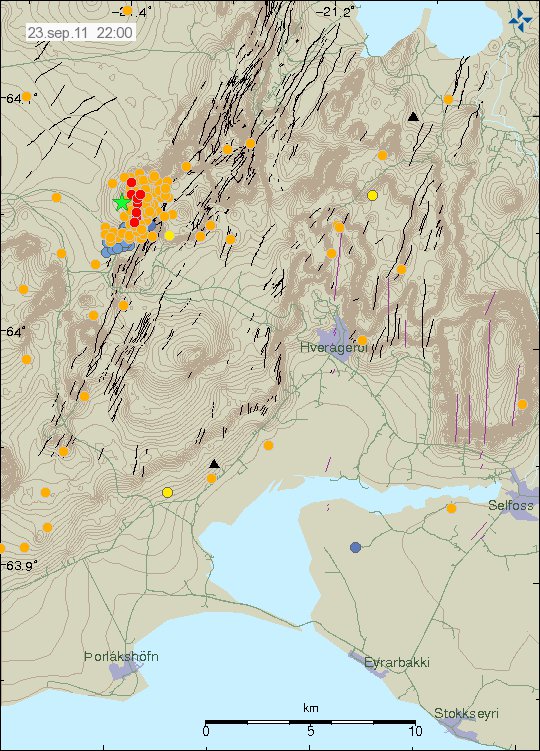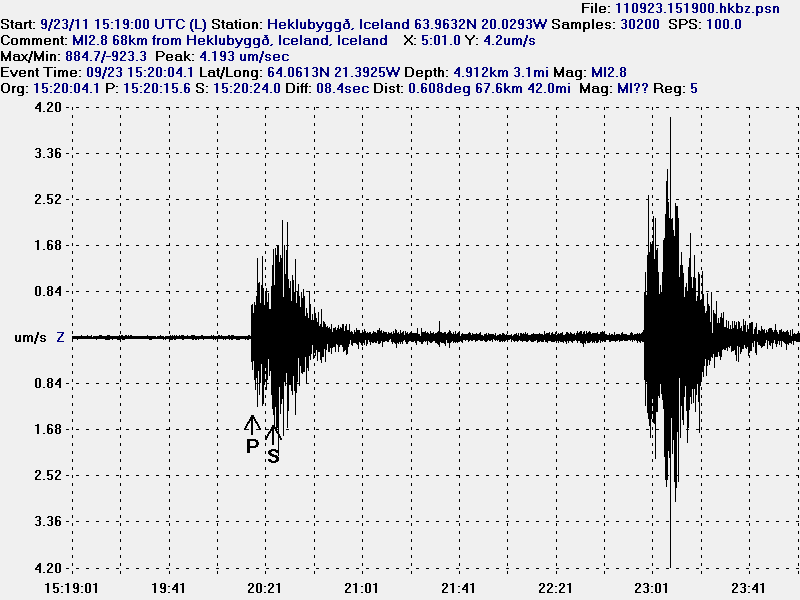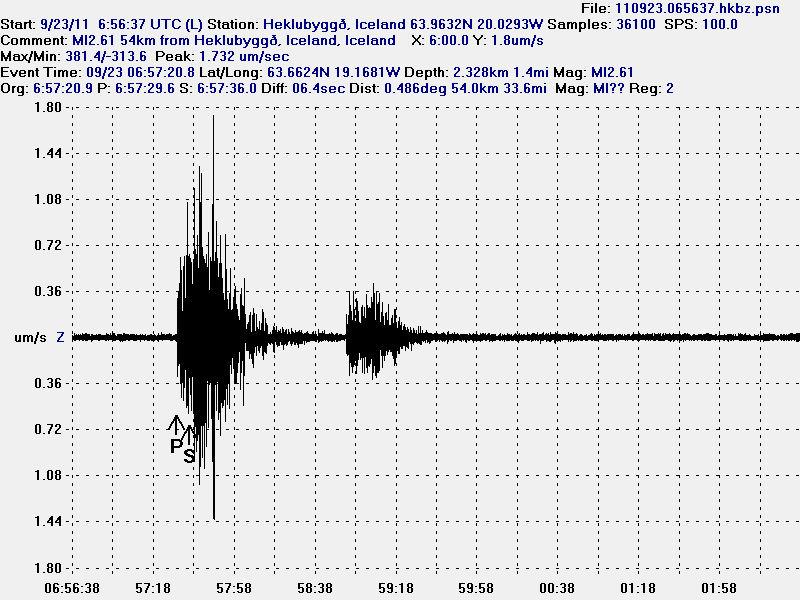I am asking for donations so that I can buy two geophone stations for Eyrarbakki town for SISZ and Reykjanes monitoring. The second geophone goes close to Katla volcano so I can monitor what happens there. The total cost is like this just for the basic geophone hardware. Not counting computers and other costs that I have too cover.
2 – PSN-ADC-USB Version III (USB version) = $175.00 each, total = $350.00
2 – PSN-ADC-EQAMP with 3 channels = $145.00 each, total = $290.00
2 – Mounting Kits @ $10.00 each, total = $20.00
2 – Garmin GPS 18x LVC OEM Timing System @ $80.00 each, total = $160.00
2 – Metal Enclosure @ $50.00 each, total = $100.00
2 – L15B Used Geophone with wires @ $110.00 each, total = $220.00
Shipping = $88.00
Total = $1228.00USD (904.600EUR, 6,731.18 DKK)
Amount at the moment (13:35 UTC, 1 October, 2011): 3,926.44 DKK
The hardware that I want to buy can be looked at here (pictures).
This donation button allows people to donate in USD. Use the donation button on the sidebar to donate in Euro.
So far I got 1,045.81 DKK in donations. But I also need some for the custom and VAT when I import this to Iceland. But I am sure think that the custom is going to 10% on some of this and the VAT rate is 25,5% of the price (plus customs). I am no good in math, so I am not sure how much amount this is going to be. I also want to buy backup power if I can, but that costs 101,69USD, 553,04DKK, 74,33EUR, 11950ISK.
I also need two computers. But those I need to get from somebody that lives in Iceland. They need to be able to run Windows XP and that needs to be legal too. Other versions of Windows are good too. But they have to support IPv6, as I plan to move my whole geophone network to IPv6 soon as it is supported by the software that I use. I plan to set-up this two new geophones soon as I can.
Update 1: About the PC issue that has been discussed in comments. If anyone has a suggestion about a embedded hardware that is cheap and might even run Windows XP (a minimal if I am too use that). Please let me know in the comments. I am also willing to run embedded linux software on the remote stations if it works with the software that I am using. That software is WinSDR.
Donations in other currencies (by request)
Danish Krona, DKK.
British Pound, GBP.
Swedish Krona, SEK.
Blog post updated at 20:23 UTC on 28 September, 2011.
Blog post update at 20:29 UTC on 28 September, 2011.
Blog post updated at 22:12 UTC on 28 September, 2011.
Blog post updated at 23:29 UTC on 28 September, 2011.
Blog post updated at 11:42 UTC on 29 September, 2011.
Blog post updated at 20:11 UTC on 29 September, 2011.
Blog post updated at 20:13 UTC on 29 September, 2011.
Blog post updated at 13:35 UTC on 1 October, 2011.


